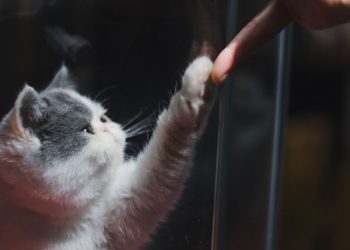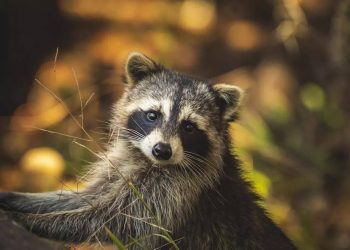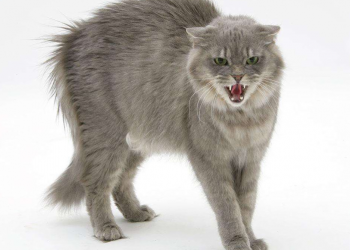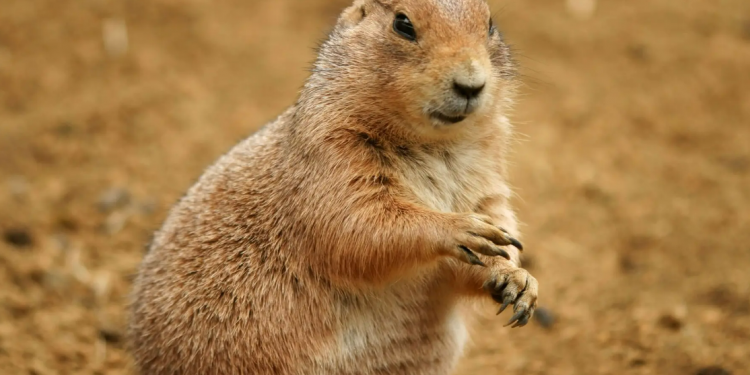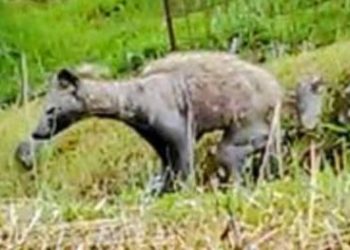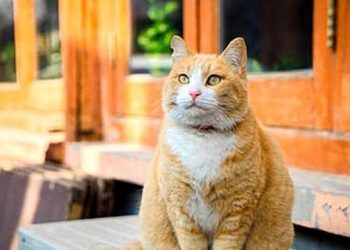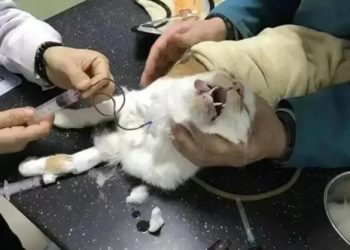In the past two years, the trend of groundhogs becoming pets has intensified. It is necessary to write an article to remind everyone.
When raising some cute-looking pets, ask yourself a question first. Why do some animals look so cute and cute, but not become popular pets around the world? The answer is very simple, because unconventional pets have various problems, which have been eliminated in the long-term domestication of humans, and have not become pets as well-known as cats and dogs. What’s more, groundhogs are amazingly fertile animals like rodents, and there must be a reason why they haven’t become popular in pet circles. Let’s start with a simple answer: don’t keep groundhogs! Don’t keep groundhogs! Don’t keep groundhogs! -1. Disease There are two kinds of marmot pets on the market, one is the marmot from Asia, and the other is the black-tailed marmot from North America. Let’s analyze the potential zoonotic disease risks in each of them.
Marmot
The Black Death, also known as the plague, was a severe infectious disease. Because the body of the deceased was black with subcutaneous hemorrhage, it was called the Black Death.
Excessive rainfall after a drought can break out, with a high fatality rate, and it has not yet been eradicated. The origin of the great plague in the Middle Ages was the Himalayas in Central Asia, and the initiator was the marmot (marmot).
After a long transmission route to Europe, people at that time generally believed that it was a disease transmitted by rats, so they began to cull a large number of rats. It is a pity that the source of the disease is the fleas and lice on the mice. The dead mice instead promote the reproduction of the fleas, making the plague more serious. It not only caused the death of more than half of the European population, but also caused a large number of population migrations to avoid the Black Death. Thus changing the face of history. The above is what the professor said in the medieval history class I took at a North American university this semester. At that time, I gave a special class to talk about the Black Death. Marmots have also caused several major plagues in China. Today, there are still a lot of signs in the Qinghai-Tibet region asking people to stay away from marmots, and there are still occasional herdsmen infected with the plague through marmots. In the end, the professor also repeatedly emphasized not to keep groundhogs as pets. Marmots are from Asia and black-tailed marmots from America. Does this mean that black-tailed marmots are not at risk of disease? Below the black-tailed groundhog, we have our second guest today,
Black-tailed Marmot.
Monkeypox is a viral zoonotic disease with symptoms in humans similar to those seen in smallpox patients in the past (aka full-body pox!).
Capable of infecting a variety of small rodents. In 2003, when China was shrouded in the cloud of SARS virus, across the ocean in the United States, there was a localized outbreak of monkeypox in the Midwest, often with family-wide transmission. Later investigations concluded that groundhogs were the main culprit in the outbreak.
So the United States banned groundhogs as pets for more than five years. It wasn’t until 2008 that the FDA lifted restrictions on pet groundhogs.
2. Groundhogs need a lot of company.
Groundhogs are social rodents and are strongly social. This means that they require prolonged company and interaction, otherwise they can lead to various behavioral and psychological problems, such as stereotyped behavior and self-harm. Marmots that left the group at the same time were more likely to show aggression. Correcting these behaviors requires extensive ethology expertise. Ordinary people do not have such conditions. It’s also torture for groundhogs.
Then someone will ask, wouldn’t it be better if I buy a few more and let them live together?
The answer is not that simple. As rodents, their reproduction speed is relatively fast, and they are easy to reproduce when they get together. A pair of groundhogs will produce a dozen or twenty offspring in a year.
In the process of breeding for several years, how to properly handle the offspring produced is a headache. For example, the black-tailed marmot has a habit of juvenile killing. Moreover, groundhogs with a life span of up to ten years are easily abandoned by their owners. The animal welfare of such groundhogs is indeed a very worrying thing.
3. Habit of digging holes
Groundhogs are burrowing animals and like to burrow up to a meter deep, while underground connecting channels are tens of meters long. The normal breeding box cannot meet the natural needs of the groundhog, and the too bright breeding environment will also cause the groundhog’s psychological and spiritual tension.
4. Lack of medical security Most veterinarians in cities take cats and dogs as care objects, and lack experience in treating groundhogs. It is difficult to raise groundhogs to provide them with a proper medical environment.
For many groundhogs on the market, there are many wild caught individuals. There is more than just an infectious disease risk. Wild individuals (WC) themselves are resisted by the pet industry and the law. -One more thing, please remember that most of your ideas, such as keeping groundhogs as pets, were tried and failed by previous attempts. Not only groundhogs, but as qualified owners, we strive to meet animal welfare for any animal we raise.
Animal welfare includes: the enjoyment of freedom from hunger and thirst, ensuring the food and water the animals need to maintain good health and energy;
enjoy the freedom to live comfortably and provide suitable housing or habitat for the animals to sleep and rest comfortably;
To enjoy freedom from pain, injury and disease, to ensure that animals are free from additional pain, to prevent disease and to provide timely treatment to sick animals;
To enjoy the freedom to live without fear and without grief, guaranteeing the protection of animals from all conditions and dispositions of mental suffering;
Enjoy the freedom to express your nature, be provided with adequate space, appropriate facilities and with fellows of the same kind.
If you love it, please let them go,
Not all good things are after all, and we all have to leave it at home.

